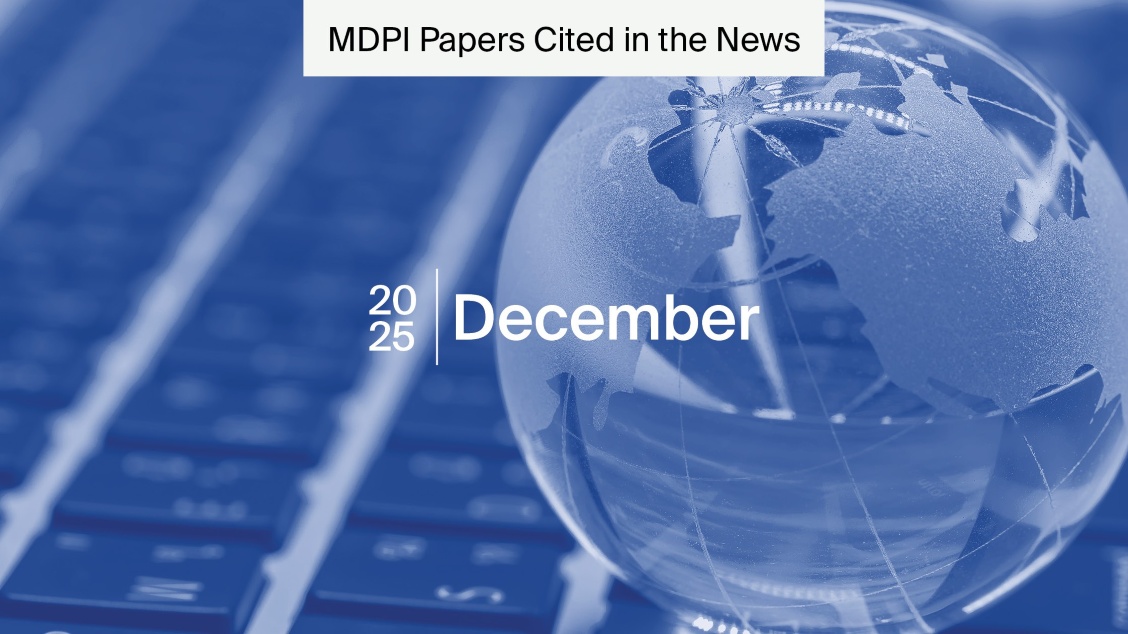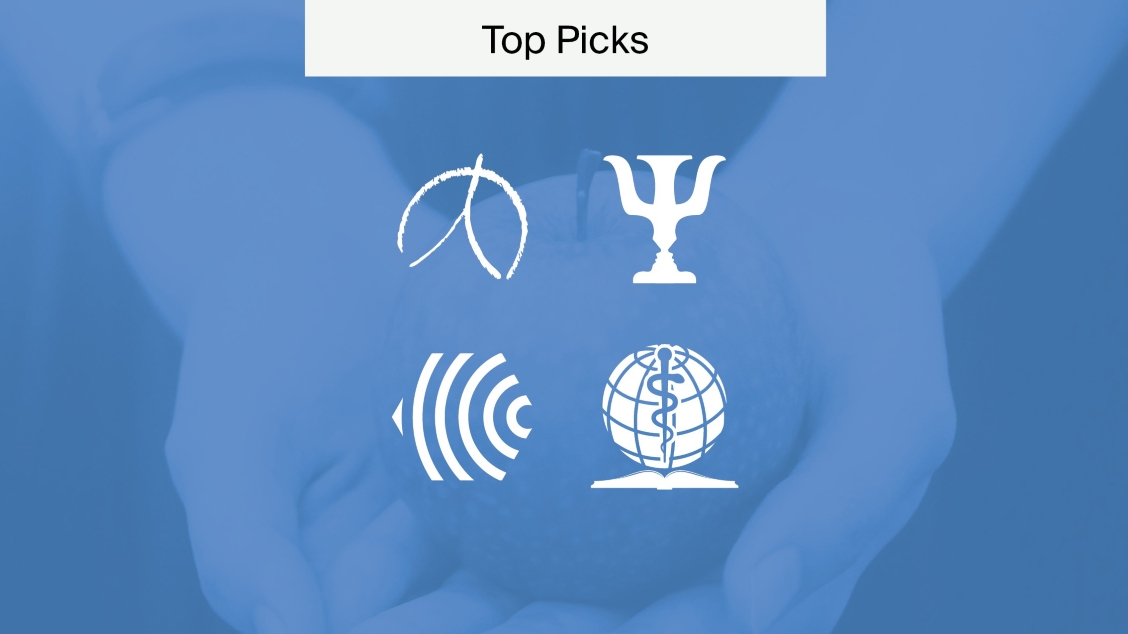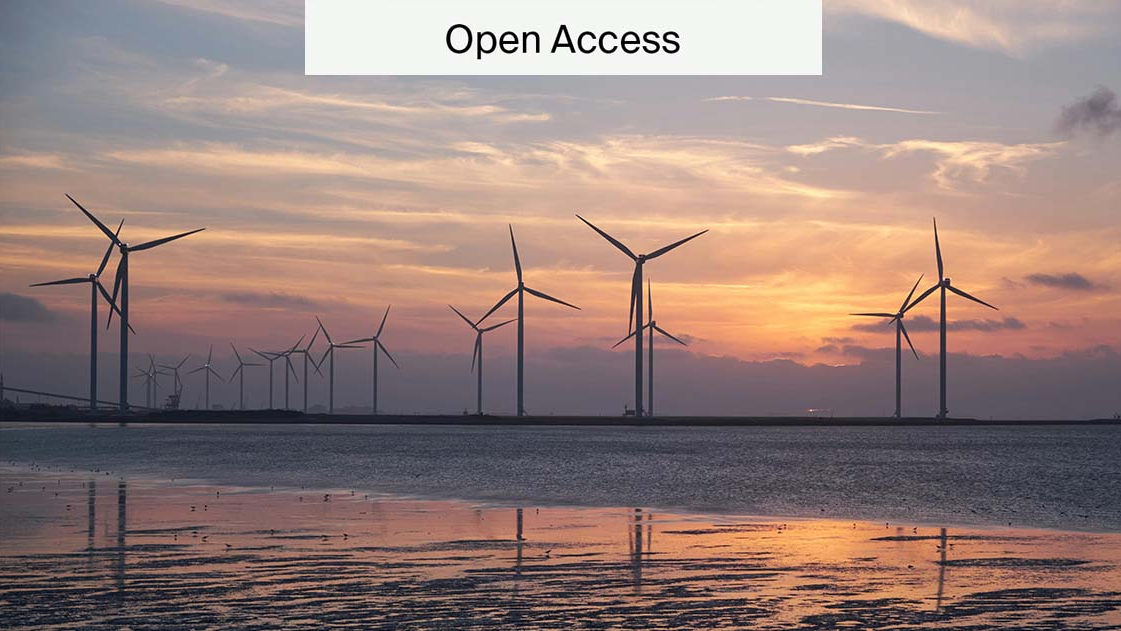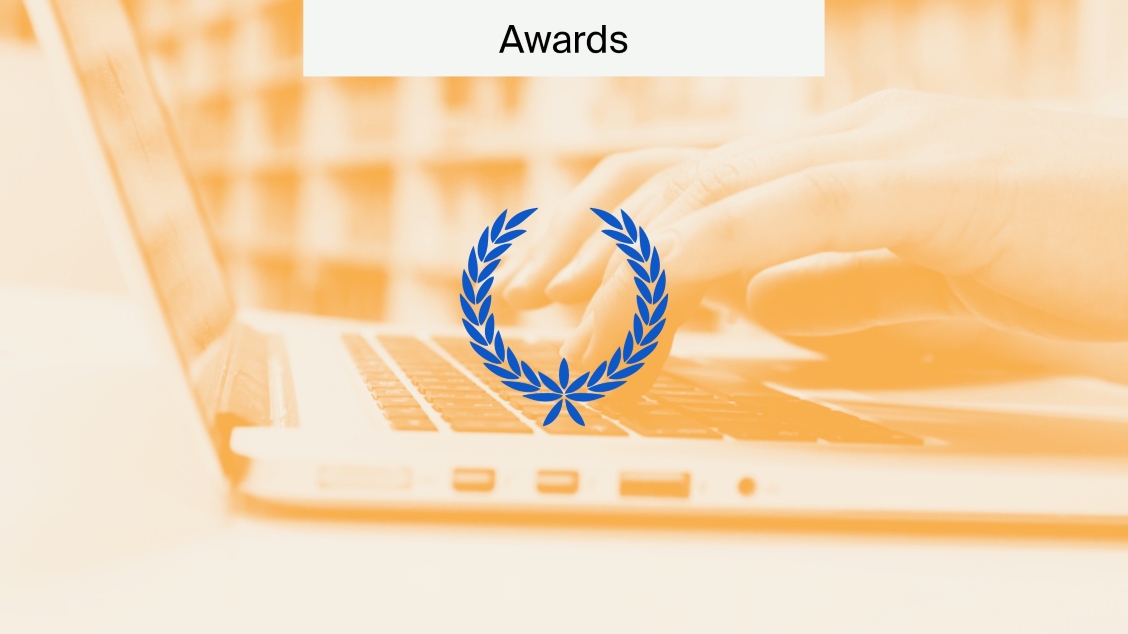
Open Access in South Korea
South Korea has a strong Open Access community and infrastructure. Although the government has not introduced any mandates or policies requiring Open Access (OA), there are a lot of promising signs that this could occur soon. Collaboration with the UK, participation in Horizon Europe, and also national-level meetings discussing OA policy signal this shift.
We outline the history of the South Korean Open Access movement and its current policies for those looking to submit research or read it.
Open Access is the new paradigm
Open Access refers to a publishing model for scholarly research that makes information immediately available to readers at no cost. This research is also free to reuse for scholarly purposes.
The benefits of publishing Open Access include gaining more citations and a greater impact, reaching a wider audience, advancing scientific innovation, retaining copyrights, and increasing the potential for collaboration and recognition. Open Access can also help institutions like universities and research agencies in low- and middle-income countries by removing any price barriers to accessing academic research.
History of Open Access in South Korea
South Korea has a long history of engaging with Open Access on a community level and shows signs of introducing OA policies on a governmental level too. Here is a brief history of Open Access in South Korea:
- 1996: The process of digitising print journals and archiving society information openly online begins.
- 2006: A mandate is introduced requiring the deposition of research from certain national R&D projects into designated OA repositories.
- 2009: Open Access Korea (OAK), a cooperative, establishes a portal with a forum, technical and financial support for journals converting to OA, and institutional repositories.
- 2010: A Korean Institute of Science and Technology Information (KISTI) study drafting a mandate for government-funded research to be published as Open Access is proposed but ultimately rejected due to a lack of awareness and opposition.
- 2017: Launch of the KISTI repository.
- 2018: The Research Data Strategy is established to promote the sharing and use of research data.
- 2018: KoreaScience, an OA aggregator of scientific and technical research, is launched.
- 2020: The KOAR national open repository is launched, providing OA article search and a repository for self-archiving.
- 2021: The Korean National Open Access Policy Forum is hosted. The Forum aims to advance OA policies among scholarly journal editors and researchers.
- 2021: Six of Korea’s major scientific organisations sign the ‘Joint Declaration’ to cooperate in promoting OA at the national level.
- 2024: South Korea joined Horizon Europe.
A turning point
South Korean institutions and OAK have worked to establish a robust infrastructure that enables the depositing of research in repositories, ensuring there is sufficient support for scholars to do so. However, the OA policy draft in 2010 demonstrated that there was not a greater awareness of OA in the community and that there was even opposition to introducing mandates. In 2021, for example, the top 30 institutions in South Korea published 70% of their articles in subscription-based journals.
In 2021, the National Assembly arranged a forum to discuss OA policies. This represents a turning point in South Korea’s relationship with Open Access and likely signals the development of policy.
Current Open Access laws in South Korea
Since the 1990s, the Korean government has invested heavily in infrastructure and services. However, there is a lack of any comprehensive national policy on OA or open data. Moreover, there are currently no requirements from funders and research institutions for publicly funded research outcomes to be published as Open Access.
Academia in South Korea has historically been centred around learned societies, with KOFST representing the central body. KOFST was established in 1966 with the goal of sharing technology and research data between societies. This shows there is an impulse towards openness in the South Korean academic community.
Moreover, this impulse is further reflected in the cooperative organisation Open Access Korea. Supporting the community in diverse ways, this community includes researchers, libraries, universities, societies, and publishers. OAK detail the effects and goals for Open Access in relation to diverse actors. These include state and public institutions, libraries, learned societies and publishers, and authors and researchers.
The early signs of open science practice, impulse to establish infrastructure, and acknowledgement of the diverse actors involved in OA may reflect why South Korea has taken a cautious approach so far. Their priorities could be in establishing a robust infrastructure and garnering support before introducing any potentially disruptive changes.
Horizon Europe
South Korea will be the first country in Asia to join Horizon Europe.
Horizon Europe will last until 2027 and has a budget of €95.5 billion. Its aims are to facilitate collaboration and strengthen the impact of research and innovation in developing, supporting, and implementing EU policies whilst tackling global challenges.
Accordingly, Open Access is mandatory for researchers receiving funding. This is so Horizon Europe can support the “creating and better dispersing of excellent knowledge and technologies”. Its aims revolve around tackling climate change, achieving the UN’s SDGs, and boosting growth.
If you want to learn more about the EU’s Open Access policy, we have a full article on the topic.
As of 2024, South Korean researchers are able to apply for grants on an equal footing with EU researchers in Pillar II of the programme. Evidently, their joining reflects the government’s broader aim to open its research and innovation system to the world.
South Korea’s Open Access statistics
A lot of South Korean research is published in subscription-only journals, but its portion of OA publications is growing. Here are some statistics from Scopus:
- 2012: 75% of articles were subscription-only, 4% were green Open Access, and 10% were gold Open Access.
- 2016: 63% of articles were subscription-only, 4% were green Open Access, and 23% were gold Open Access.
- 2022: 46% of articles were subscription-only, 4% were green Open Access, and 46% were gold Open Access.
There has been a sharper drop in subscription-only articles in recent years, reflecting the growing demand for OA. The increase in Gold Open Access publication growth likely reflects society journals switching from subscription to open models with support from OAK.
Future trends
The Korean National Open Access Policy Forum in 2021 represents a turning point in the South Korean government’s approach. This is in response to demands for a more comprehensive and rapid transition from the OA community, as reflected by OAK. It is the first national-level discussion on the topic.
The Forum explored potential directions in policy. This includes establishing a legal basis for the mandatory deposition of publicly funded research into open repositories. Also, the participants discussed the need for supporting society journals in their transitions from subscription to open models.
Currently, the Ministry of Science is considering an Open Access mandate. Therefore, it is likely that some form of policy or mandate will be introduced soon.
This is further supported by other policies that reflect this impulse, like joining Horizon Europe, a deal with the UK, a leader in national OA policy, to boost cooperation in critical technologies, and the 2020 National R&D Innovation Act that included the aim to ‘spread open innovation’.
Value of Open Access
All articles published by MDPI are made immediately available worldwide under an Open Access license. This means:
- Everyone has free and unlimited access to the full text of all articles published in MDPI journals;
- Everyone is free to re-use the published material if proper accreditation/citation of the original publication is given;
- Open Access publication is supported by the authors’ institutes or research funding agencies by payment of a comparatively low Article Processing Charge (APC) for accepted articles.
Researchers can satisfy South Korea’s developing Open Access policy and pre-empt any stricter legislation by publishing in an MDPI journal. Alternatively, if you want to publish an early version of your article, try Preprints, our service for publishing early versions of research that are not peer-reviewed and report on either ongoing or complete research.
Supporting learned societies converting to Open Access
MDPI can help you to steadily transition your subscription-based or hybrid journal to gold or diamond Open Access, maintaining a high number of publications, selective peer review process, and robust income.
We will pair you with a field-specific Managing Editor to help the Editor-in-Chief manage the journal. You will also receive regular operation reports, real-time updates on our platform, feedback from market research and competition analyses, and financial reports.
Open Access in South Korea
Open Access makes vital information accessible to all readers and researchers and brings together scholars from across the world. Thus, it is ideal for tackling global challenges such as climate change and cancer research that require urgent and coordinated attention.
South Korea has a strong OA community that is likely to receive support from government policy soon. Click here if you would also like to learn more about Open Access around the world.











I appreciate you sharing this valuable information. In my opinion, it’s fantastic.